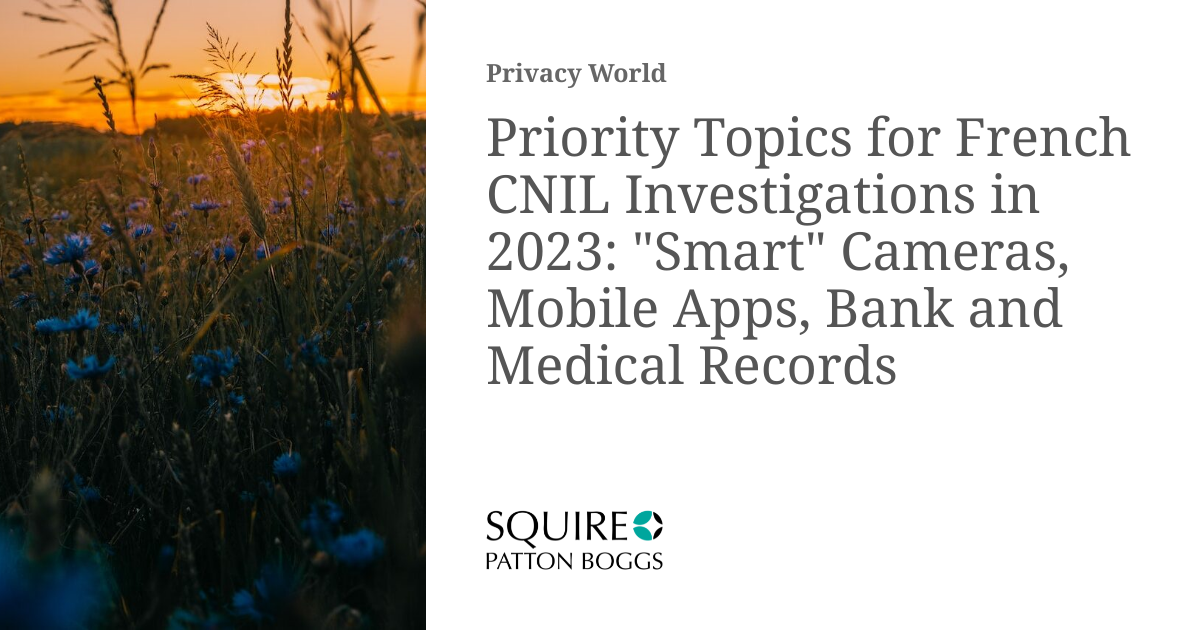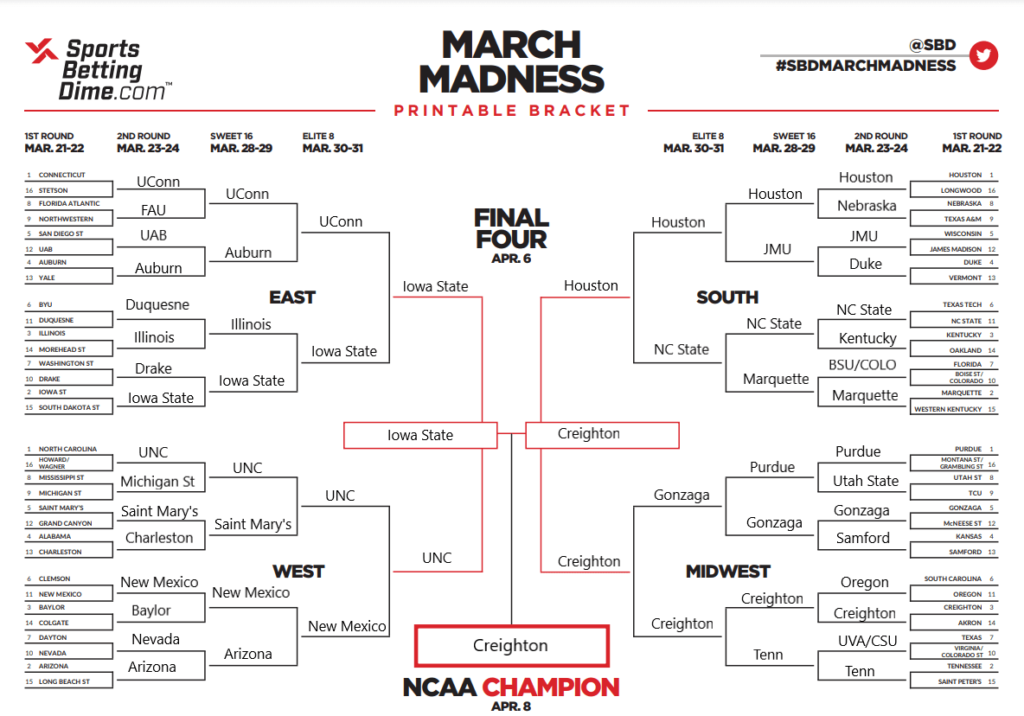Protecting User Privacy In Mobile Apps: CNIL Best Practices

Table of Contents
Understanding CNIL Regulations & GDPR Compliance
The CNIL's guidelines are closely aligned with the General Data Protection Regulation (GDPR), the cornerstone of European Union data protection law. Understanding both is crucial for ensuring your mobile app complies with French regulations. Key aspects include:
-
Data minimization: Collect only the data strictly necessary for the app's functionality. Avoid unnecessary data collection. For example, if your app provides weather updates, it doesn't need access to the user's contact list. Over-collection of data increases your liability and violates the principles of CNIL mobile app privacy.
-
Purpose limitation: Clearly define and communicate the purpose for which you collect each piece of data. Obtain explicit consent from users before collecting data and be transparent about how it will be used. For instance, if you collect location data, specify that it's solely for providing location-based services, not for tracking user movements beyond the app's immediate function.
-
Data security: Implement robust security measures to protect user data from unauthorized access, use, disclosure, alteration, or destruction. Encryption, secure storage, and regular security audits are essential. Consider using end-to-end encryption for sensitive data transmitted within the app. This is a core tenet of robust CNIL mobile app privacy practices.
-
Transparency and consent: Obtain explicit and informed consent from users before collecting any personal data. This means providing clear and concise information about what data is being collected, why it's being collected, and how it will be used. Use plain language, avoiding legalese. The CNIL provides resources and templates to assist with crafting compliant consent mechanisms.
-
Data subject rights: Ensure users can easily exercise their rights under the GDPR, including the right to access, rectify, erase, restrict processing, and port their data. Provide clear and accessible mechanisms within your app for users to manage their data and exercise these rights. This is crucial for building trust and demonstrating adherence to CNIL mobile app privacy standards.
The CNIL's website offers detailed guidance and documentation on these requirements. Regularly review these resources to stay updated on best practices and any changes in regulation.
Implementing Privacy by Design in Your Mobile App
Integrating privacy from the initial design phase – Privacy by Design – is essential for robust CNIL mobile app privacy. This proactive approach minimizes risks and simplifies compliance efforts.
-
Privacy Impact Assessments (PIA): Conduct PIAs to identify and mitigate potential privacy risks associated with your app's data processing activities. This involves analyzing data flows, security measures, and potential impacts on user privacy.
-
Data Protection by Default and by Design: Build privacy into the app's core architecture. Minimize data collection by default and implement strong security controls from the outset. For example, use anonymization or pseudonymization techniques where appropriate.
-
Secure data storage and transmission: Use encryption to protect data both at rest (stored on the device and server) and in transit (during transmission). Employ secure protocols like HTTPS for all communications.
-
Regular security audits and updates: Conduct regular security audits and promptly address any identified vulnerabilities. Regularly update your app to patch security flaws and integrate new privacy-enhancing technologies.
Tools and technologies like differential privacy and federated learning can assist with privacy-preserving data processing. Incorporating these into your development lifecycle significantly improves CNIL mobile app privacy.
Managing User Consent and Data Preferences
Effectively managing user consent is paramount. This requires providing users with clear control over their data and respecting their choices.
-
Clear and concise privacy policy: Provide an easily accessible and understandable privacy policy that explains what data is collected, why, and how it's used. Avoid jargon and use plain language. Make it easily findable within the app.
-
Granular consent options: Allow users to grant or withhold consent for specific data processing activities. Avoid blanket consent requests. For example, allow users to choose whether to share their location data or allow push notifications.
-
Easy access to data controls: Provide intuitive settings within the app's user interface (UI) where users can manage their data preferences, access their data, and exercise their data subject rights. Clearly label and explain these controls.
-
Transparent data usage explanations: Clearly communicate how user data is used and ensure transparency in your data handling practices. Regularly update your privacy policy to reflect any changes.
Implementing these measures within a user-friendly interface enhances the user experience and demonstrates a strong commitment to CNIL mobile app privacy.
Addressing Data Security Breaches and Incident Response
Despite proactive measures, data breaches can still occur. Having a well-defined incident response plan is crucial.
-
Incident response plan: Develop a detailed plan outlining the steps to take in the event of a data breach, including identifying the breach, containing it, investigating its cause, notifying affected users, and reporting it to the CNIL.
-
Data breach notification: Comply with CNIL's notification requirements regarding data breaches. Notify the CNIL and affected users promptly and transparently, providing clear information about the breach and steps taken to address it.
-
User communication: Inform affected users clearly and concisely about the breach, the type of data affected, and the steps taken to mitigate the risks. Provide support and resources to help users protect themselves.
-
Post-incident analysis and improvement: Conduct a thorough analysis of the breach to identify its cause and implement measures to prevent future incidents. This is a vital aspect of enhancing CNIL mobile app privacy.
Conclusion:
This guide highlighted key CNIL best practices for protecting user privacy in mobile apps. By understanding and implementing these guidelines, developers can ensure GDPR compliance, build user trust, and avoid potential penalties. Remember, prioritizing CNIL mobile app privacy is crucial for long-term success. Start implementing these best practices today to create secure and privacy-respecting mobile applications. Download the CNIL's official guidelines for more detailed information and ensure your app remains compliant with the latest regulations.

Featured Posts
-
 The Relationship Between Channing Tatum And Inka Williams
Apr 30, 2025
The Relationship Between Channing Tatum And Inka Williams
Apr 30, 2025 -
 Channing Tatums Girlfriend Inka Williams Leaves Sydney
Apr 30, 2025
Channing Tatums Girlfriend Inka Williams Leaves Sydney
Apr 30, 2025 -
 Betting On Eurovision 2025 Expert Predictions And Odds Analysis
Apr 30, 2025
Betting On Eurovision 2025 Expert Predictions And Odds Analysis
Apr 30, 2025 -
 Gillian Anderson And David Duchovnys Sag Awards Reunion A Look Back
Apr 30, 2025
Gillian Anderson And David Duchovnys Sag Awards Reunion A Look Back
Apr 30, 2025 -
 9 Children And Rural Life Amanda Owen Our Farm Next Door Shares Family Photos
Apr 30, 2025
9 Children And Rural Life Amanda Owen Our Farm Next Door Shares Family Photos
Apr 30, 2025
